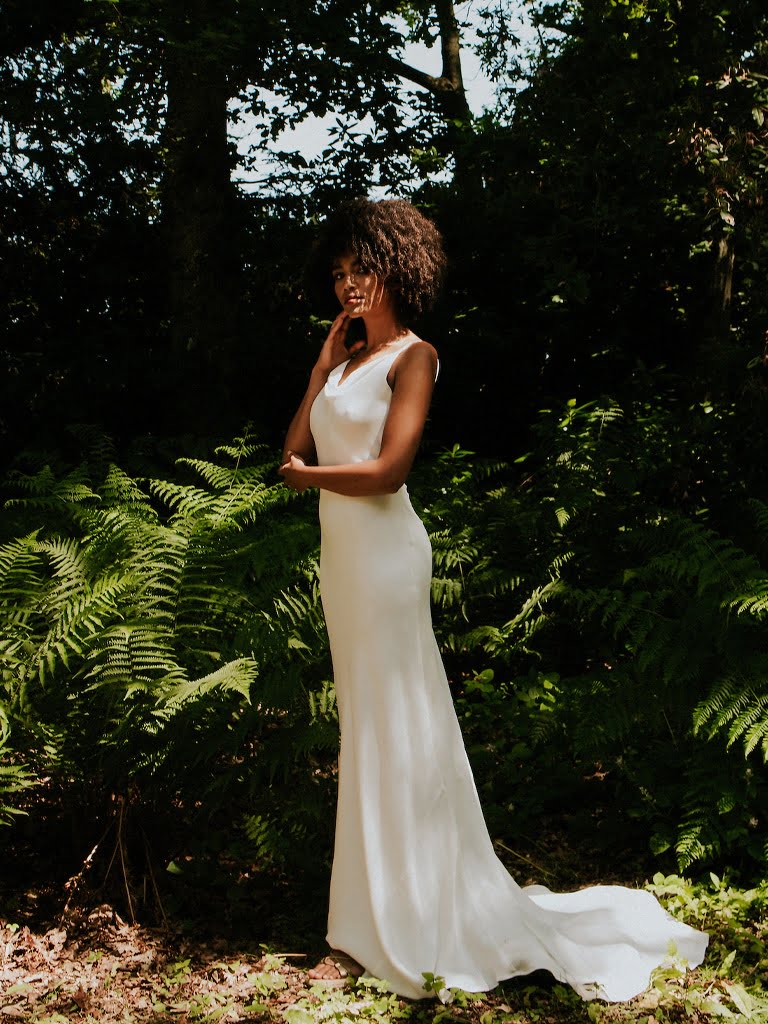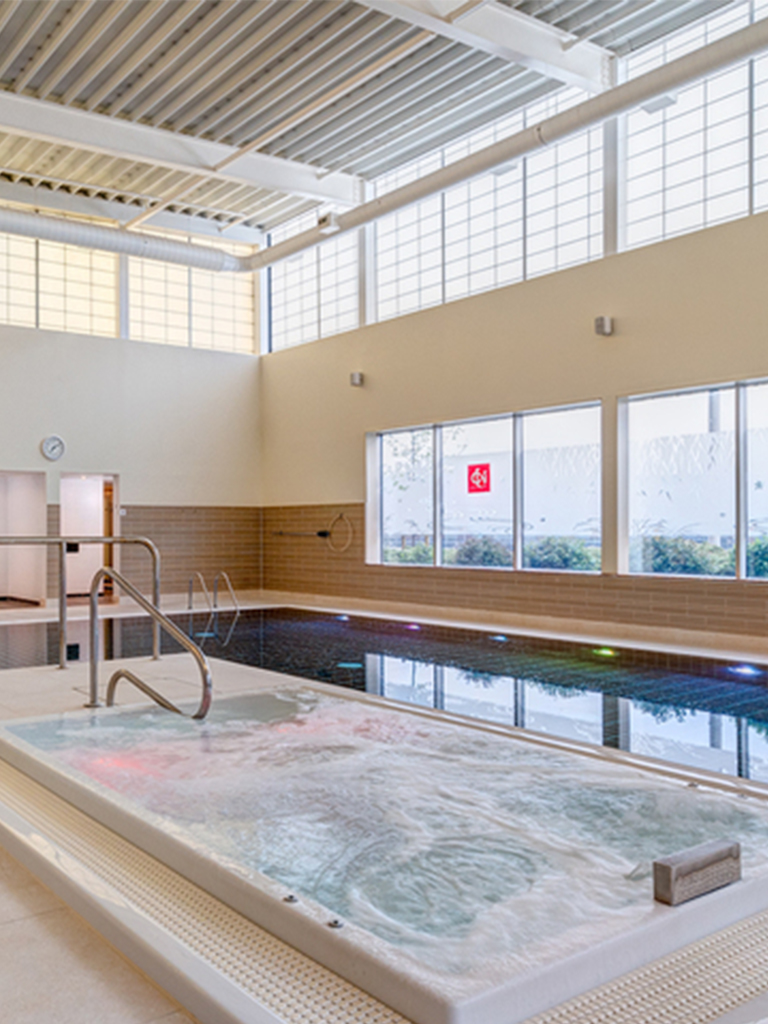
Ask the expert: Rachel of Rachel Scott Couture dissects wedding dress shapes – part 2
In Part 1 of her first column for Your Scottish Wedding Rachel of Rachel Scott Couture explained the basic ballgown, A line and circle skirt wedding dress shapes.
Now she takes on the fishtail, fit and flare and slip dress, in an effort to cut through the jargon and make dress shopping a fun, undaunting experience.
Rachel explains them all here …
Fishtail
Simply put – wait, do fish actually have tails that shape?
“This term perfectly illustrates why I try to avoid using jargon words – when you think about it logically, for what is such a gloriously sassy, va-va-voom figure flattering shape and styling – it’s perhaps not the most glamorous sounding comparison!?
“However, the fishtail shape comes from the fact that the side seams change angle at some point down it’s length, normally starting narrow and fitting close to your hips and thighs then flaring out to a wider angle from around the knee level.
“The height at which the angle changes, as well as the degree by which it changes will vary massively between styles.
“For an ultra-bold look, the change in angle can be huge – producing a huge kick out from the knee, possibly even adding in a change of fabric to really emphasise the contrast.
“If the change in the skirt side seam angle is super subtle and perhaps teamed with a softer fabric like a silk matte crepe, the transition in the line can be barely visible and is all about giving added body and leg length as the focal point.
Examples include…
‘Jessica’ by Sassi Holford – “The perfect example of a ‘fishtail’ dress that didn’t get the memo it was meant to be a fishtail. Elegant long lines and a sleek silhouette – a dress that wants to give the impression it’s a minimalist bias cut slip.
‘Valentine’ by Suzanne Neville – “Panelling, incredible bodice structure, angled seams at the knee level and a strong fabric choice of corded lace, all help give the wearer of this dress the most incredible hourglass sculpting. Wear it with confidence and swagger!
Fit and flare
Simply put – wasn’t sure if it wanted to be in the A line or fishtail gang so decided to create it’s own!
“In bridal terms, it’s a relative newbie – only really being used broadly since around 2014.
“It describes a skirt fitting in at the waist and neatly across the top of the hips then flaring out from around the thigh level. Basically – the side seam changes angle at one point along it’s length – sounds familiar?
“It is indeed the same basic construction as the fishtail.”
Examples include…
‘Carmen’ by Temperley – “As a soft silk satin dress in a panelled construction, soft blouse sleeves, no waist band seam and a purposely small change in angle change on the side seams – this dress perfectly demonstrates how subtle the difference can be between some A lines, fishtail and fit and flare dresses.
Slip dress
Simply put – As my granny would say “It’s a nightie!”
“I do wonder how our grannies were apparently so much more glamourous in their nightwear choices then we are these days?
“Whether you choose to wear a sumptuous silk nightgown or Bugs Bunny pyjamas at home, I highly recommend you don’t rule out the slip dress straight away purely on the basis of granny’s thoughts.
“I’ve pulled together a number of terms I’d consider to fall under this dress shape, but elsewhere you may have heard them classified separately.
“Bias cut, slip dress or sheath – whatever the name given, they’re all creating the same effect really – a light weight dress with a simple appearance that skims over the body (and sometimes clings to the body).
“Bias cut dresses have the dress panels cut at an angle across the fabric so that there is more stretch (and more cling!)
“If you find a great slip dress that you adore, feel glamorously sassy in and feel ready to really throw some shapes on the dance floor but want something a little less sultry for your wedding ceremony, why not look at adding an overlay dress?
“A traditional lace with long bell sleeves for a vintage day look, perhaps changing to a sparkly long sleeve top for during dinner and releasing the silk satin slip goddess in you during the evening party.
Examples include…
‘Apple lace dress’ by Halfpenny – “With the all-over delicate lace, long bell sleeves and vintage feminine charm, you’d never know there was racy little inner slip dress just ready to be released on the dance floor later on!
‘Longing’ by Rolling in Roses – “Bias cut perfection – the draped cowl neckline and cross over strap detailing across the lower open back add to the utterly effortless finish of this insanely beautiful example of a slip dress.
“Oooh, and an added bonus; this beauty is made in the same way all Rolling In Roses dress are made, with eco-friendly, ethical production at its heart.”
Don’t judge a dress by its silhouette
“Sometimes a dress can technically be one shape (fishtail, A line or ballgown) but it doesn’t follow the stereotype of what you’d expect that shape to do for your body.
“For example, the fishtail shape being used to emphasise long legs and body length, rather than drawing your eye straight to glorious curves and derriere.
“At Rachel Scott Couture, we wholeheartedly embrace individuality with styles that follow their own path, make their own definitions of what that style and shape should mean.
“Bear in mind that your wedding dress is made up of so much more than just a base shape.
“From the type of fabric used, its weight, its construction and its quality, to the inner dress structure, the surface detailing or even the colour will all have an influence on whether it’s perfect for you or not.
“So, if you’ve always dreamt of a classically elegant A-line dress but don’t like the first A-line you try on, don’t be worried or feel you have to rule out all A-line dresses.
“Happy shopping!”










